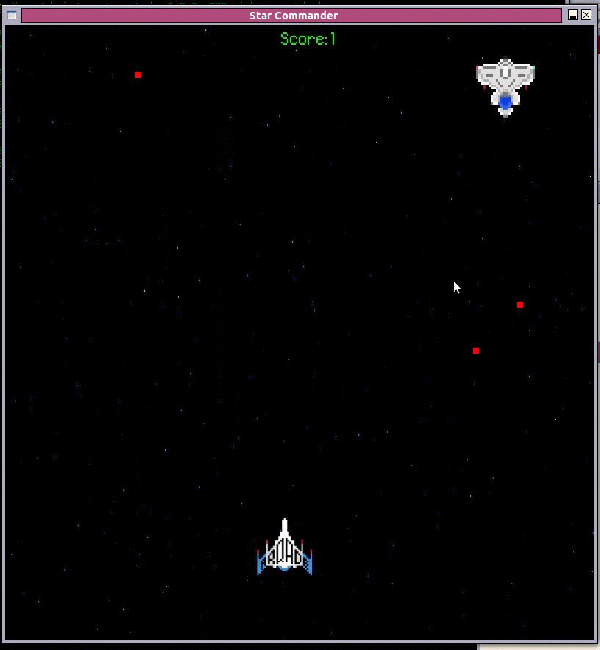Writing a video game from scratch
This is a project I started about a year ago. When I tell people about it I get one of two responses:
“Oh cool, Unity is great isn’t it?”
“You’re not writing pixels directly to video memory? You suck.”
Both statements are true. Unity is cool, even though I’m not using it. And I am not writing pixels directly to video memory, so it’s technically not from ’scratch’. The project came about when I realized that even though I’ve been programming computers for a while, I have no idea how graphics programming works. It was a chance to learn a new field and get a little closer to the hardware - so many of us make our living on port 80 these days.
1. Decisions
I made a deliberate choice not to use any existing game engine. My goal is not to make a best-selling video game, but to learn how game engines work. The best way to learn how to do something is to do it yourself. But I didn’t want to go too far down the rabbit hole, so I chose to use OpenGL for graphics. This allows me to work at a comfortable level of abstraction where my code will work on any platform that can run OpenGL. I want to draw things, not worry about variations in graphics cards.
The other choice I made was to throw mobile out the window. In my opinion, mobile games are not games, just clever ads wrapped up in psychological manipulation. Games belong on big screens - monitors and TVs.
OpenGL comes with a C API and wrappers for every language on Earth. I decided to use C++ because it’s pretty standard in the game industry. I also don’t know it that well, so that was another opportunity to learn something new.
2. Design
So what does a basic game consist of?
- A character that the user can manipulate
- An objective
- A win state
That’s about it. Sounds pretty easy right? Let’s break those down a bit more:
- A character the user can manipulate
- Input handling to convert external input into character movement
- Code to prevent the character from going out of bounds
- Forces external to the character, preventing it from reaching the win state
- Code to tell those forces how to do that
- A system that allows the enemies to impede the character and vice versa
- An objective
- A score to indicate how far along the objective you are
- A win state
- Code to determine if the player has won
- Code to draw all of those things to the screen
- A run loop
- (optional but probably necessary) A menu - or some way to quit
- (optional but probably necessary) A pause state
- If any kind of physics are involved, some kind of physics engine
3. Implementation
With all of that in mind, I set out to create the simplest game I could, which was a stripped-down version of Space Invaders. And I finished it! The completed game has a beautiful scrolling space background, 2 ships that fire at each other, collision detection to figure out if one hits the other, a score based on the number of hits, a win state based on the score, a pause state, a menu, and simple rules (I won’t dare call it AI) for how the enemy reacts to the player.
The code checks in at just under 1500 lines. I learned a lot about graphics and geometry. I also learned a lot about C++, libraries, compilers and debugging. For a hobby project that I was trying to finish quickly, the code is actually decent. And now that I have that under my belt, I’m working on a new game. This one will be a 2D platformer that supports Tiled levels. Planned features include gravity, death, items, a better weapons system, and more than one enemy. Stay tuned.

Figure 1: Star Commander